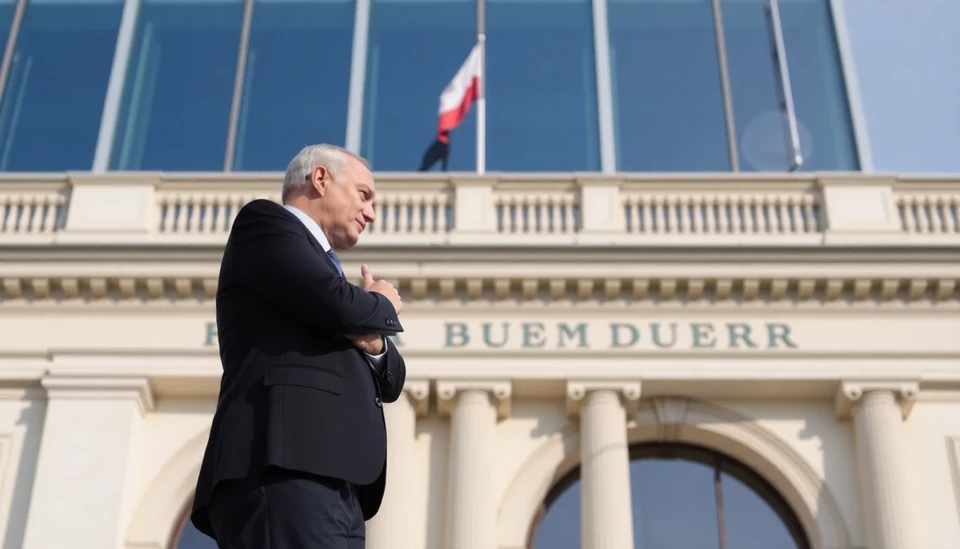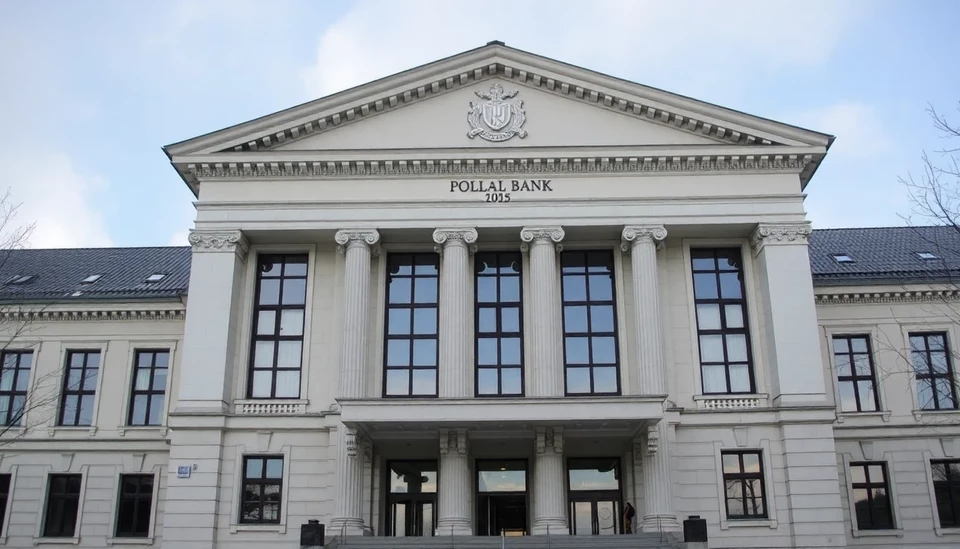
The Polish central bank has officially adopted a dovish stance in light of recent shifts in the economic landscape, as indicated by statements from its governor. This move signifies a notable change in the bank's monetary policy approach, hinting at a potential pause in interest rate hikes that have been a staple of the bank's strategy in recent years.
During a press conference, Bank Governor Adam Glapiński emphasized that the decision to pivot towards a more accommodating policy reflects growing concerns over economic growth, inflationary pressures, and global market dynamics. His remarks came as the inflation rate in Poland showed signs of easing, allowing for more flexibility in policy-making.
"We are entering a new phase where we need to be cautious and ensure that our monetary policy supports the recovery of the Polish economy," Glapiński stated. He noted that while inflation had been a significant concern in previous months, the data now suggests a stabilization that could allow the central bank to recalibrate its strategies.
The central bank's adjustments were prompted by domestic economic performance indicators, which revealed a slower-than-expected growth rate. Analysts have suggested that external factors, such as geopolitical tensions and fluctuations in global supply chains, have contributed to this slowdown, urging the bank to reconsider its previously aggressive stance on interest rate hikes.
In recent months, many economists have been calling for a shift away from tightening monetary policy, arguing that the risks of a slowing economy outweigh the threats posed by rising inflation. Glapiński's comments appear to align with this sentiment, signaling a readiness to support economic activity through more favorable lending conditions.
Market reactions to the announcement were notable, with the Polish zloty experiencing fluctuations against other currencies. Investors showed cautious optimism about the potential for lower interest rates, which could stimulate spending and investment in the economy. However, some experts warned that a dovish approach must be carefully implemented to avoid reigniting inflationary pressures that could harm the economic recovery.
The Bank's governing council is set to meet again in the coming months to assess the ongoing economic situation and adjust its policies accordingly. As they navigate these turbulent waters, the central bank will remain vigilant in monitoring both domestic developments and international economic trends that could impact Poland's financial landscape.
This shift by the Polish central bank follows a broader trend among many central banks worldwide, which have also begun adapting their monetary policies to changing economic realities. As central banks globally contend with similar inflationary pressures and slowing growth, the actions taken by Poland's central bank will likely be watched closely by other financial institutions and investors alike.
In conclusion, the transition to a dovish stance by the Polish central bank marks a significant moment in the country’s monetary policy evolution, as economic conditions evolve and the emphasis shifts from controlling inflation to fostering growth. The governor's focus on careful policy implementation will be crucial in balancing these competing priorities as Poland looks toward a more stable economic future.
#Poland #CentralBank #InterestRates #MonetaryPolicy #Economy #DovishStance #Inflation #EconomicGrowth #BankGovernor #AdamGlapiński
Author: Daniel Foster




